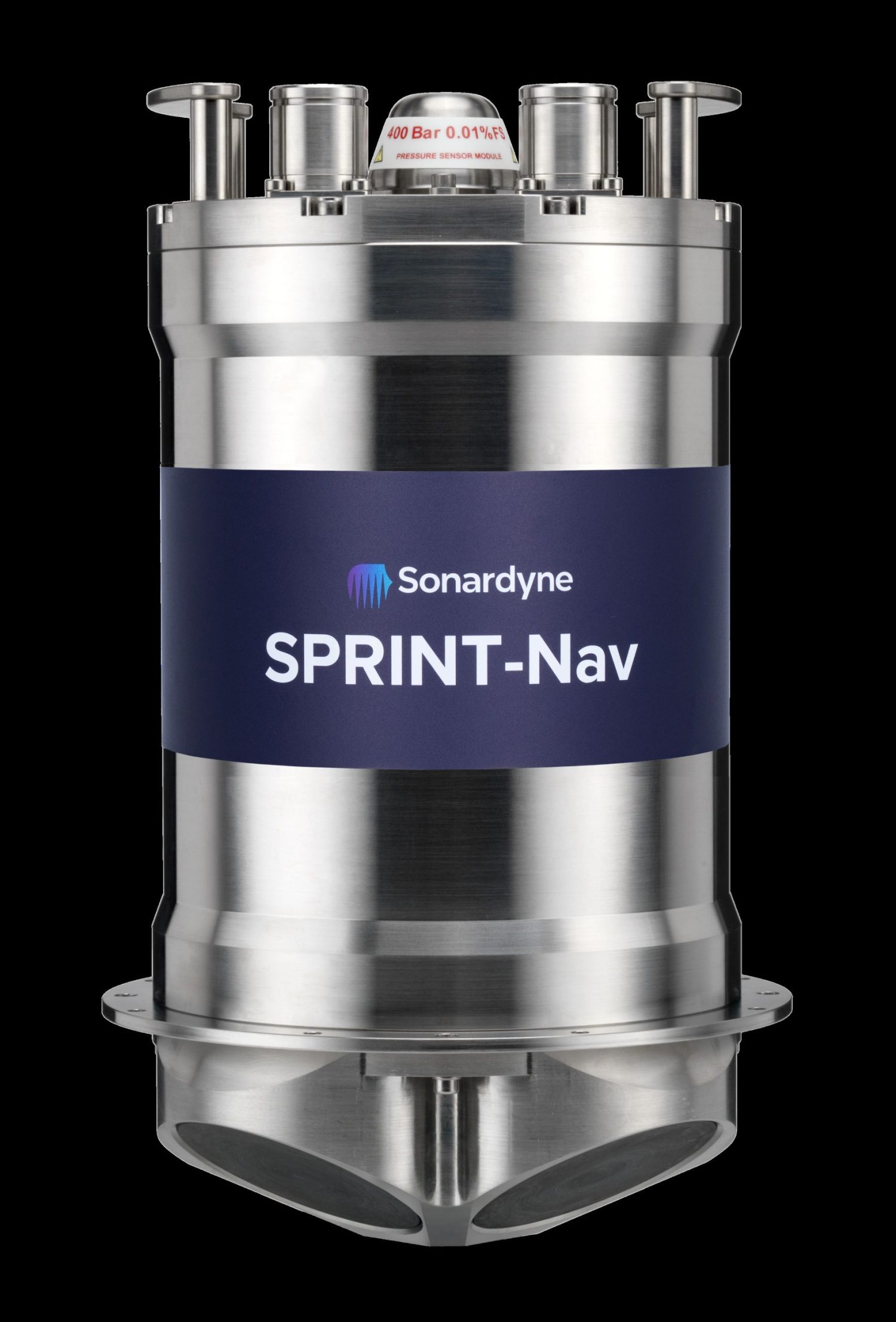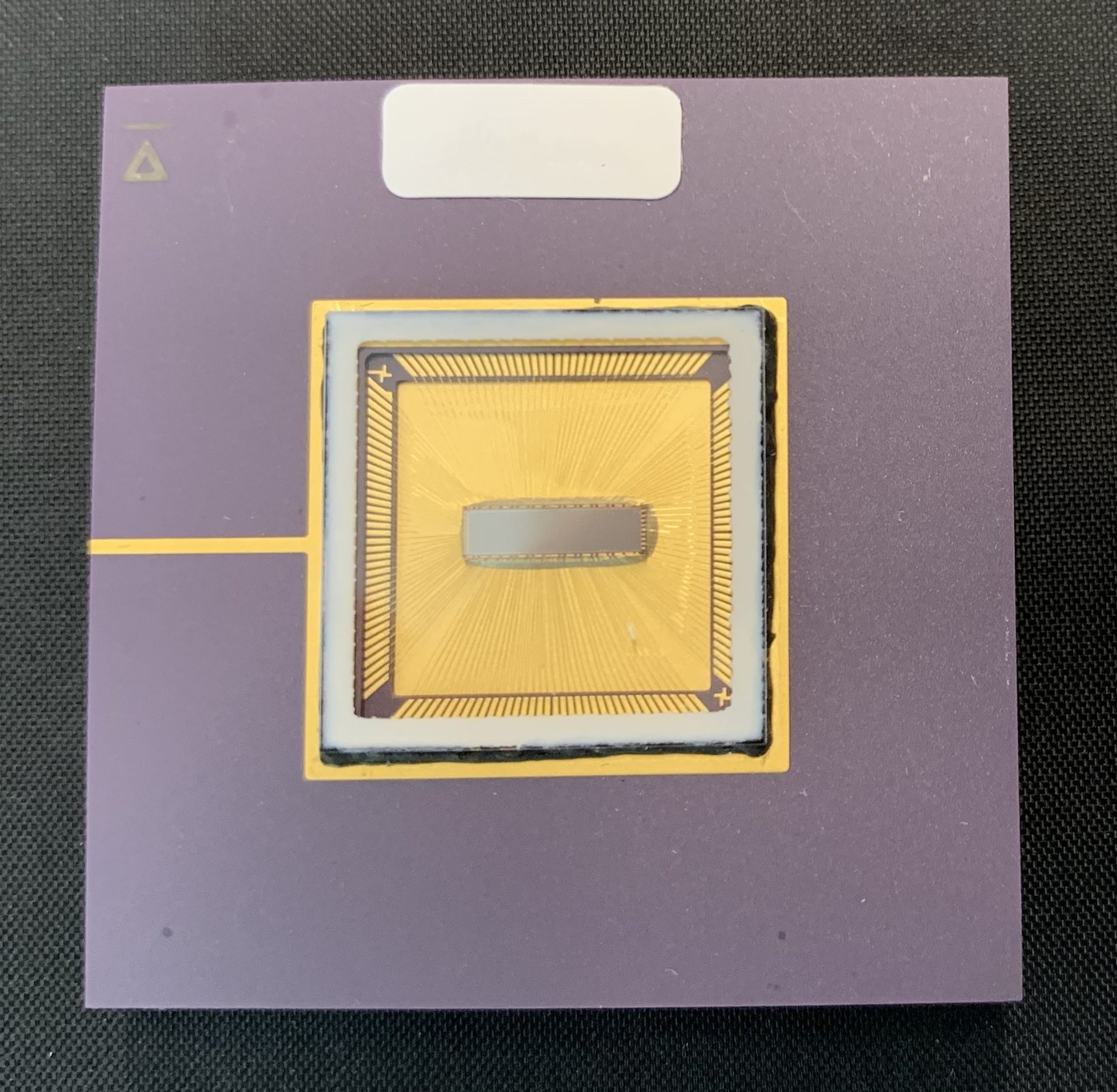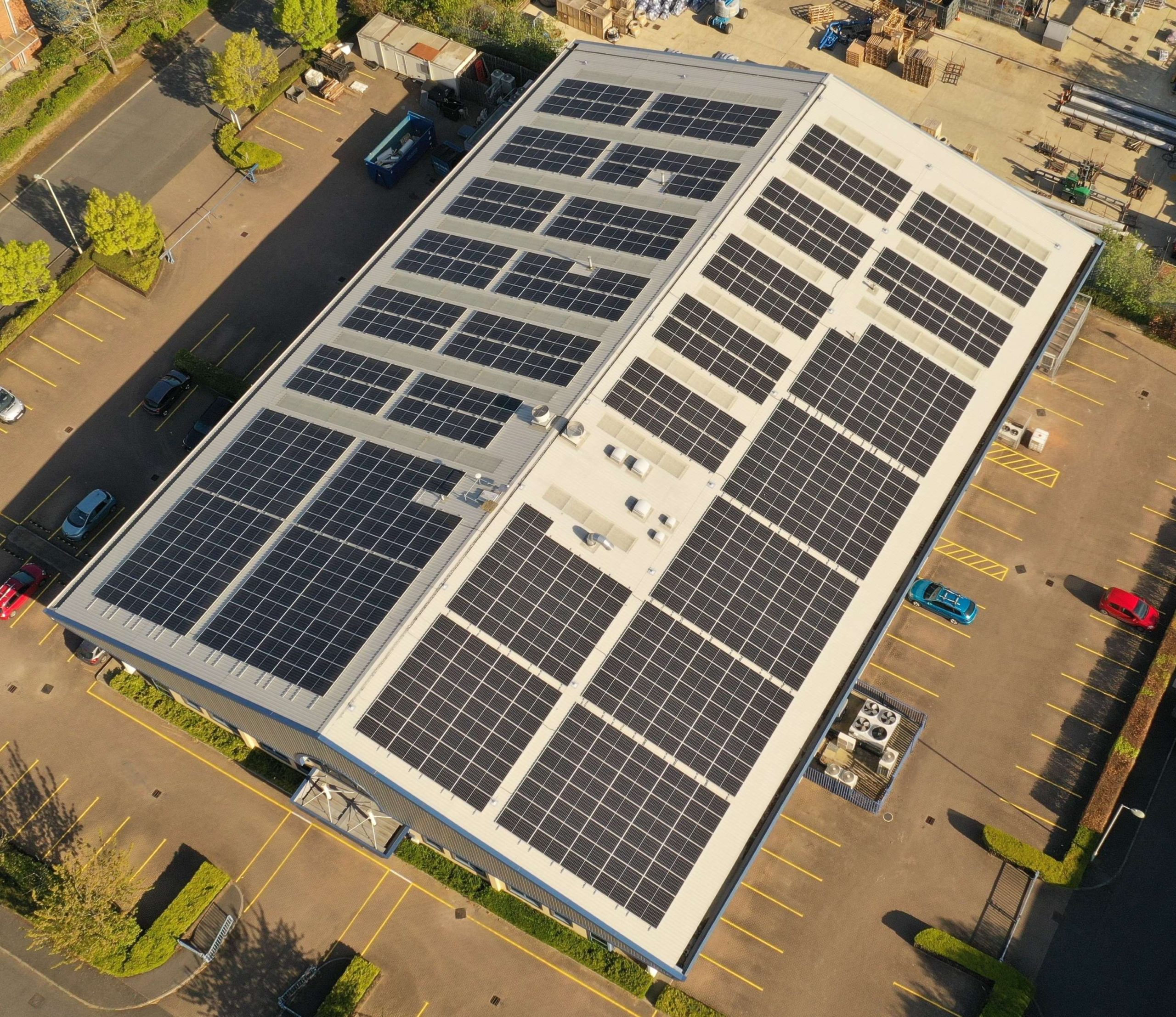Eggers Kampfmittelbergung deploys Sonardyne Mini-Ranger 2 to clear unexploded ordnance from Baltic Sea
Marine salvage specialists, Eggers Kampfmittelbergung GmbH, has completed its first project using underwater acoustic tracking technology supplied by Sonardyne International, UK, during an operation to dispose of unexploded ordnance lying off the German coast in the Baltic Sea.
Working in water depths of between just six and 15 metres, the Mini-Ranger 2 Ultra-Short BaseLine (USBL) system was used to track divers as they surveyed the seabed, recording the location of potential targets before safely clearing the area of metal objects and old ammunition.
Mini-Ranger 2 boasts a number of features that makes it ideal for nearshore operations on small, quiet vessels that need survey-grade positioning without the cost and complexity associated with a deep water USBL solution. It can simultaneously track 10 targets at very fast update rates, it is quick to install and has an operating range of 995 metres, extendable to 4,000 metres.
For its first mission using Mini-Ranger 2, Eggers deployed their USBL system from a survey barge moored 500 metres off the coast. Specialist clearance divers were each equipped with a Sonardyne WSM 6 transponder attached to their back, whilst over the side of the barge, a HPT 3000 acoustic transceiver was deployed on a pole.
In shallow water, acoustic signals being reflected off the seafloor and sea surface creates noise interference which can make reliable tracking a challenge. Mini-Ranger 2 overcomes this problem thanks to the excellent noise rejection properties of HPT 3000 which is optimised to provide stable performance in shallow water, at high elevations as well as in deeper waters. Ethernet connectivity makes installation straightforward, whilst in-built diagnostic tools allow users to tune system performance in difficult conditions.
During each dive, supervisors in the control cabin on the barge used Mini-Ranger 2’s software display to guide divers around the site as they inspected different targets and prepared them for removal. The system’s high-speed acoustic communication link enabled each diver’s distance, bearing and depth relative to the barge to be updated up to three times per second, providing a valuable extra layer of operational safety.
Jan Wommelsdorff, managing director at Scholz Ing.-Buero GmbH, Sonardyne’s German agent, said, “Egger’s decision to invest in Mini-Ranger 2 was made only after a detailed comparison of its capabilities against competing USBL technologies. Now after using it for the first time, it’s clear that the system will indeed increase the speed and efficiency of Egger’s underwater operations in North Sea and Baltic Sea as well as inshore.” He added, “With the Baltic mission complete, Mini-Ranger 2 is ready for its next assignment which is likely to involve tracking a towfish as well as more divers.”
For more information on Sonardyne Mini-Ranger 2 USBL, click here
Want to find out more about this article?
Speak to an expert







